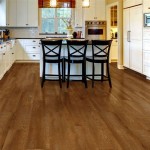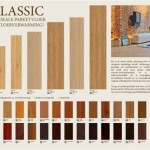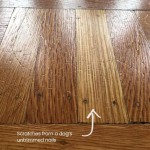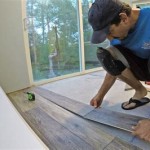Essential Aspects of the Best Underlay for Engineered Wood Flooring
Engineered wood flooring offers an elegant, durable, and versatile flooring solution. However, its inherent rigidity requires a compatible underlay to enhance its performance and longevity. Choosing the right underlay is crucial to maximize the benefits of your engineered wood flooring.
Types of Underlays
Various underlay types exist, each with unique characteristics:
Felt Underlay: Made from recycled fibers, it provides sound absorption and some moisture resistance.
Cork Underlay: Natural and eco-friendly, cork provides excellent insulation, sound reduction, and moisture resistance.
Rubber Underlay: Durable and water-resistant, rubber underlay offers exceptional sound absorption and impact resistance.
Polyethylene Foam Underlay: A cost-effective option that provides moisture resistance and sound reduction.
Composite Underlay: A combination of materials, such as rubber and cork, offering a balance of performance attributes.
Factors to Consider
When selecting an underlay, consider these factors:
Floor Type: Engineered wood flooring requires an underlay that is specifically designed for it.
Thickness: Thicker underlays provide better sound reduction and insulation.
Moisture Resistance: If your flooring's environment is prone to moisture, choose an underlay with moisture-resistant properties.
Sound Absorption: Underlays with high sound absorption ratings minimize noise transmission.
Installation Method: Determine if the underlay is compatible with your flooring's installation method.
Benefits of a Proper Underlay
A properly installed underlay offers numerous benefits:
Improved Sound Reduction: By absorbing sound waves, underlays reduce noise transmission between rooms and floors.
Enhanced Comfort: Underlays provide a cushioned surface that increases walking comfort, especially for barefoot feet.
Moisture Resistance: Moisture-resistant underlays protect flooring from moisture damage, extending its lifespan.
Flatter Surface: Underlays help even out slight imperfections in the subfloor, creating a smooth base for flooring installation.
Increased Thermal Insulation: Underlays with insulation properties help maintain a more comfortable temperature in your home, potentially saving energy costs.
Conclusion
Choosing the best underlay for engineered wood flooring is essential for optimizing performance, aesthetics, and durability. By considering factors such as floor type, thickness, moisture resistance, sound absorption, and installation method, you can select an underlay that will enhance your flooring's beauty and functionality for years to come.

Underlayment Buyer S Guide

The Advantages Of Poly Foam Underlay Blog Floorsave

What Is The Best Underlay For Laminate Wood Flooring Luxury

Hardwood Floor Underlayment Ultimate Guide

Choosing The Best Underlay For Engineered Wood Flooring Mr Sander

Does Wood Flooring Need Underlay Greyspace

Flooring 101 Best Underlayment For Hardwood Floors Next Day

Choosing The Best Underlay For Engineered Wood Flooring Mr Sander

Underlayment Buyer S Guide

Flooring Underlay Wood Floor Direct


















